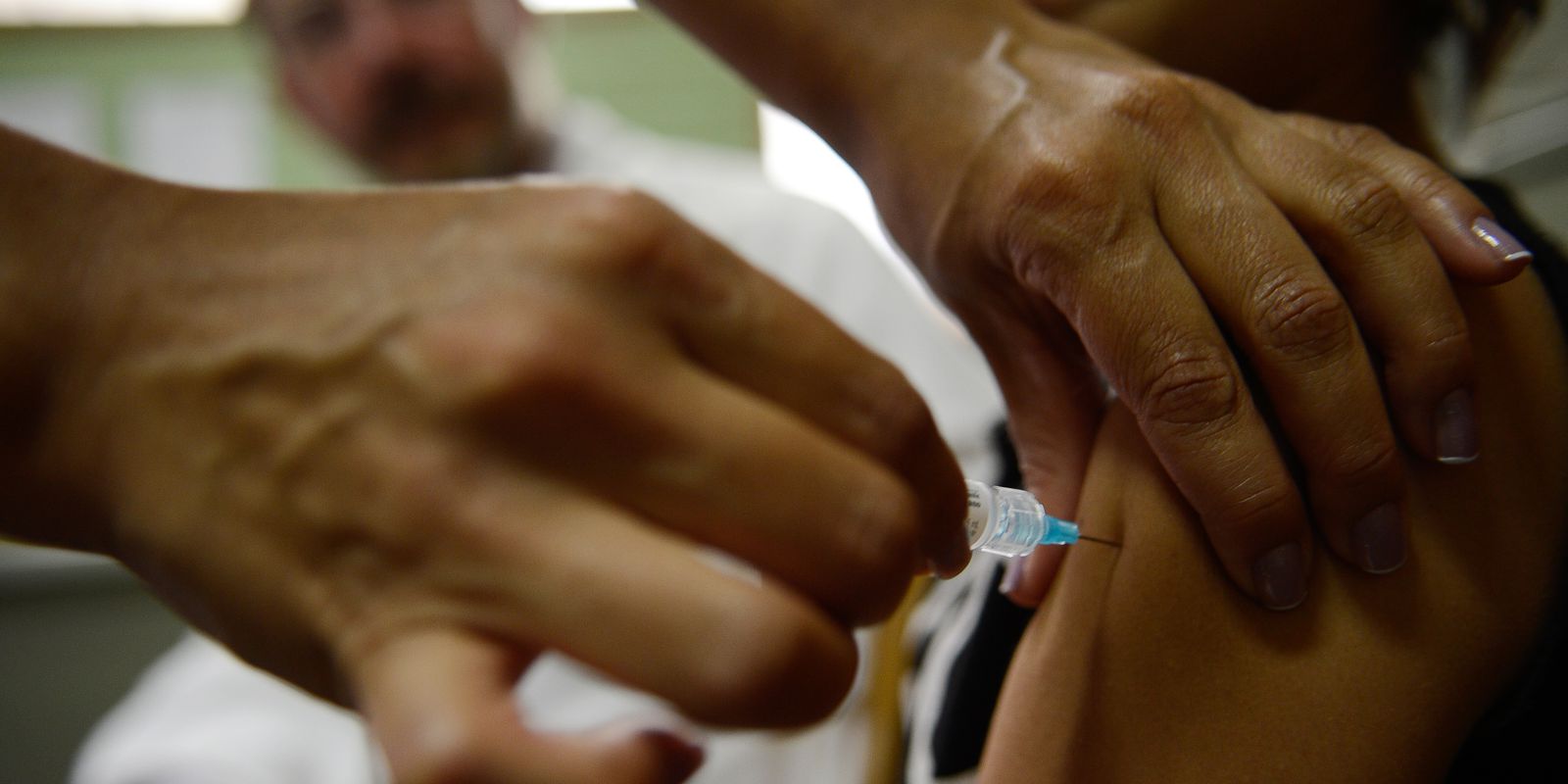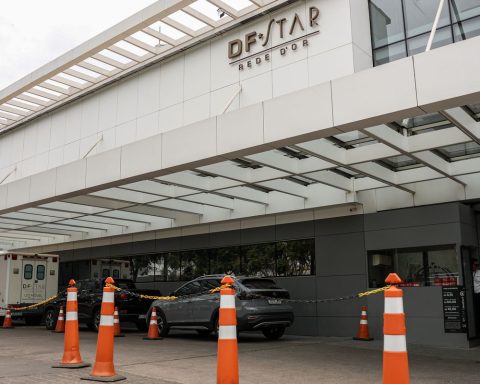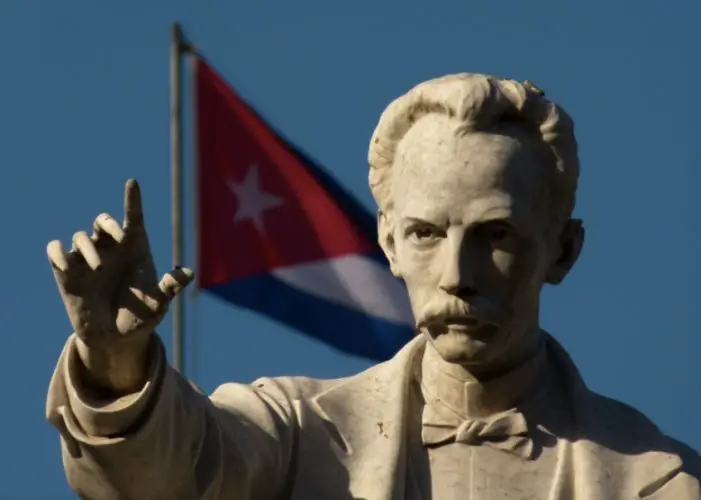A study by the Cancer Foundation, released to mark the World Day for the Prevention of Cervix Cancer, celebrated this Sunday (26), reveals that all Brazilian capitals and regions are vaccinating against HPV (Human Papillomavirus) below the target established by the National Immunization Program (PNI) and the World Health Organization (WHO). This means that by 2030, Brazil will not reach the necessary goal for the elimination of the disease, which constitutes a public health problem. The survey is based on the PNI vaccination records of girls between 9 and 14 years old, in the period from 2013 to 2021, and boys aged 11 to 14 years old, between 2017 and 2021.
Throughout Brazil, vaccination coverage of the female population between 9 and 14 years old reaches 76% for the first dose and 57% for the second dose. Adherence to the second dose is lower than the first, varying between 50% and 62%, depending on the region. In the male population between 11 and 14 years old, adherence to vaccination against HPV is lower than that of females in Brazil as a whole. Vaccination coverage among boys is 52% in the first dose and 36% in the second, much lower than recommended. The North Region has the lowest male vaccination coverage, 42% in the first dose and 28% in the second. The full study can be accessed at site from the Cancer Foundation.
Highlights
In an interview with Brazil Agency, the medical consultant at the Cancer Foundation and collaborator of the study Flávia Corrêa stated that there is a marked regional difference. “The most worrying thing is that precisely the North and Northeast, which have the highest incidence rates of cervical cancer mortality, are the regions where we find the lowest vaccination coverage”. According to the doctor, this raises the alarm that it is necessary to invest heavily in educational measures for the population, for children and adolescents, parents and guardians and for health professionals, in order to increase coverage.
According to the survey, the North Region has the lowest complete vaccination coverage (first and second doses) in the country in girls: 50.2%. Among boys, the percentage is only 28.1%. The region was also the one that recorded the most deaths from cervical cancer in the 2016/2020 period: 9.6 per 100,000 women, against the Brazilian average of 6 per 100,000 women.
Of all the country’s regions, the South is the closest to the established target (87.8%) for the first dose in girls. On the other hand, it is the region with the highest rate of absenteeism, or non-attendance, in the second dose: 25.8% among women and 20.8% among men, while the country average is 18.4% and 15.7% in female and male populations, respectively. The Northeast has the lowest variation between the first and second dose, both female (71.9% and 57.9%) and male (50.4% and 35.8%).
multiple doses
According to Flávia, every vaccine that has multiple doses usually presents a problem of absenteeism, especially among adolescents. “In any vaccine that has multiple doses, what you see is that there is really a drop in completing the vaccination schedule”. This happens not only in Brazil, but all over the world. In the case of vaccination against HPV, the recommendation of the PNI is to continue with two doses, although the WHO has already given approval for using a single dose, depending on local circumstances. “There needs to be a great deal of awareness to complete the vaccination schedule”.
She recalled that it would be very important for vaccination to be carried out in schools again, as occurred in the first year in which the first dose was made available in teaching and health units. From the second dose, it was only available in health facilities. Flávia highlighted that all over the world, the scheme that worked best was the mixed one, in which vaccination was available at the same time in the school and in the health units. “This is a very important point.”
Capitals
The study also shows that Belo Horizonte is the only capital with female vaccination coverage above 90% in the first dose. Considering the complete vaccination schedule, this percentage drops to 72.8%, but it is still the capital that most protected its population against cervical cancer in the country, considering the period from 2013 to 2021. with 87.7% and 68.7% (initial dose and reinforcement) and Manaus, with 87.0% and 63.2% (first and second doses).
Fortaleza was the Northeast capital with the highest vaccination coverage in the first dose (81.9%) and in the second dose (60.1%). São Luís, on the contrary, had the lowest percentages in the first (51.4%) and second (36.7%). Brasília and Goiânia, in the Midwest, had the highest and lowest percentages in the first and second doses, around 78.1% and 58.6% and 62.1% and 43.5%, respectively.
In the Southeast, Rio de Janeiro had a vaccination rate of 72.1% in the first dose and 49.1% in the second; in São Paulo, the index is also low (76.5% and 59.8%). The same occurs in Porto Alegre, in the South Region, where only 42.7% of the female population have completed the vaccination schedule, 21 percentage points below the initial vaccination dose. The worst scenario, however, is recorded in Rio Branco, in the north of the country: only 12.3% of the female population took both doses of the vaccine against HPV. In the first dose, it was 14.6%. “Until today, coverage in Acre is very low”, commented the doctor.
Disinformation
Flávia Corrêa drew attention to the fact that there is still a lot of misinformation about the HPV vaccine. Many parents ignore that the vaccine prevents against cervical cancer and does not encourage the onset of sexual life ahead of time. Others do not know what is the age range in which their children should be vaccinated. “There is a huge lack of information that needs to be addressed with stronger educational measures, both for children and adolescents, as well as for parents, society as a whole. It is necessary to broaden the discussion on the issue of the vaccine, show the data that say it is safe, it does not stimulate early sexual activity”.
The Cancer Foundation medical consultant said that vaccination coverage is lower for boys, both in the first and in the second dose, because people still do not understand that vaccinating boys is necessary not only to protect girls from cervical cancer uterus, but because it brings benefits to male representatives as well. By vaccinating both sexes, it slows down the spread of the virus, she explained.
In addition to protecting girls and women against cervical cancer, boys can benefit from the vaccine to prevent penile, oropharyngeal, oral and anal cancer, among other types. In women, immunization also prevents cancer of the vulva, vagina, pharynx, mouth. “This needs to be widely publicized”, observed Flávia Corrêa.
The vaccine is safe and is available free of charge in the Unified Health System (SUS) for boys and girls from 9 to 14 years old, in a two-dose schedule, and for women and men transplanted, cancer patients, HIV carriers, from 9 to 45 years old. years, in a three-dose schedule.
















